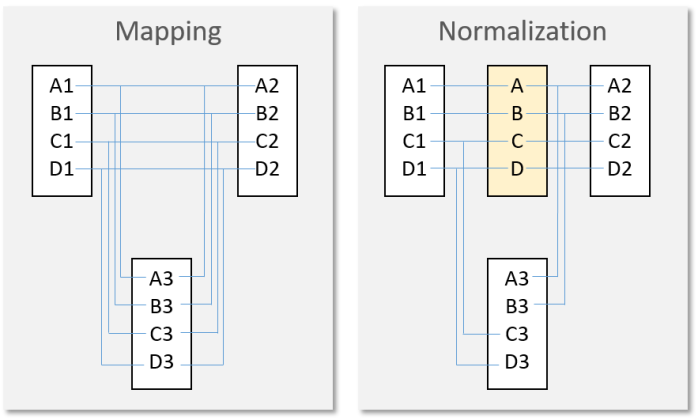As the number of the PACS consolidation projects grow, I think it is important to explore some of the informatics concepts that need to be addressed to maximize the value of a consolidated PACS’ clinical functionality.
As mentioned in my recent MIIT talk, there are operational, financial and clinical goals that drive PACS consolidation projects. One of those reasons is to enable multi-facility diagnostic reading workflow: acquire anywhere and read anywhere in the enterprise.
One of the key informatics prerequisites of a successful PACS consolidation project is dealing with Patient Identities in a Consolidated Enterprise to establish patients’ longitudinal imaging record. Once that fundamental challenge is addressed, dealing with the normalization or mapping of the exam terminologies used by different RIS systems across the consolidated enterprise is the next critical informatics area to tackle. Often, PACS consolidation projects do not include the unification of the facility RIS, which forces the PACS to deal with multiple terminology domains.
In this series of the blog posts, I will examine this challenge in detail and describe the imaging informatics industry’s current capabilities to deal with it.
The Challenge
First of all, let’s define the problem and why it is important.
The anatomical and procedural information for a radiology exam is used by the PACS to primarily: 1) determine relevancy across patients’ historic studies; and 2) establish the correct display protocol for the PACS Workstation. As different ordering systems (EMR/RIS) may use different values to describe the same ordered procedure, the consolidated PACS will have to use a value normalization or mapping method to properly process the information.
The following diagram conceptually illustrates the difference between normalization and mapping methods.

Mapping
This approach relies on keeping many-to-many translation tables where each term has a corresponding defined value under each terminology domain. This approach is feasible only with a very small number of values and terminology domains.
Normalization
This methodology creates a “canonical” representation of each term and establishes a one-to-one relationship between each value in each terminology domain and the corresponding value under the “canonical” representation. This approach can accommodate a very large number of values and terminologies, as the translation from one terminology to another is always done through the canonical value.
In the next post, I will describe the imaging informatics use-cases that have to deal with this challenge.
[…] my previous post, Dealing with Multiple Terminology Domains in a Consolidated Enterprise, I introduced a typical challenge that many imaging projects face […]